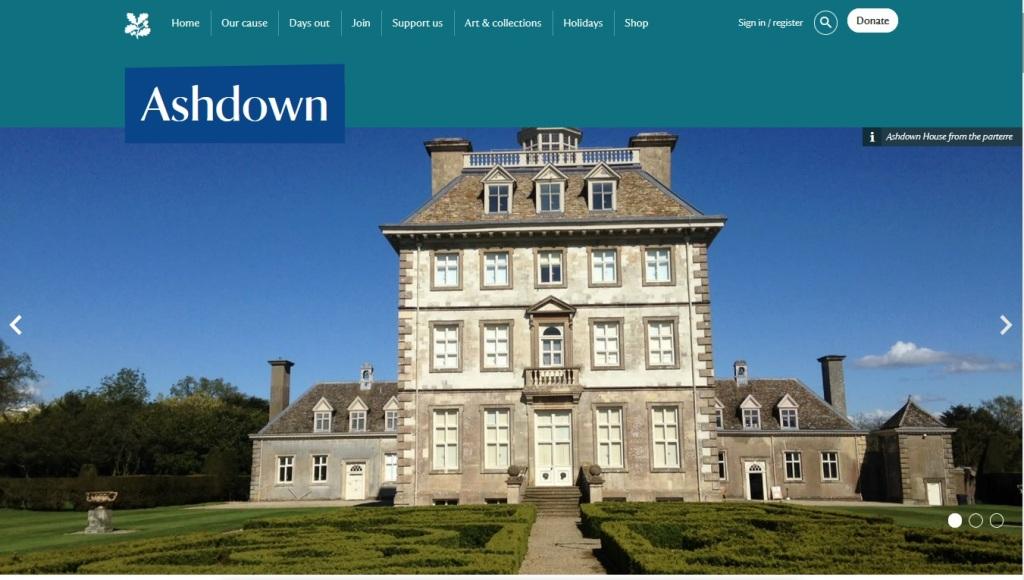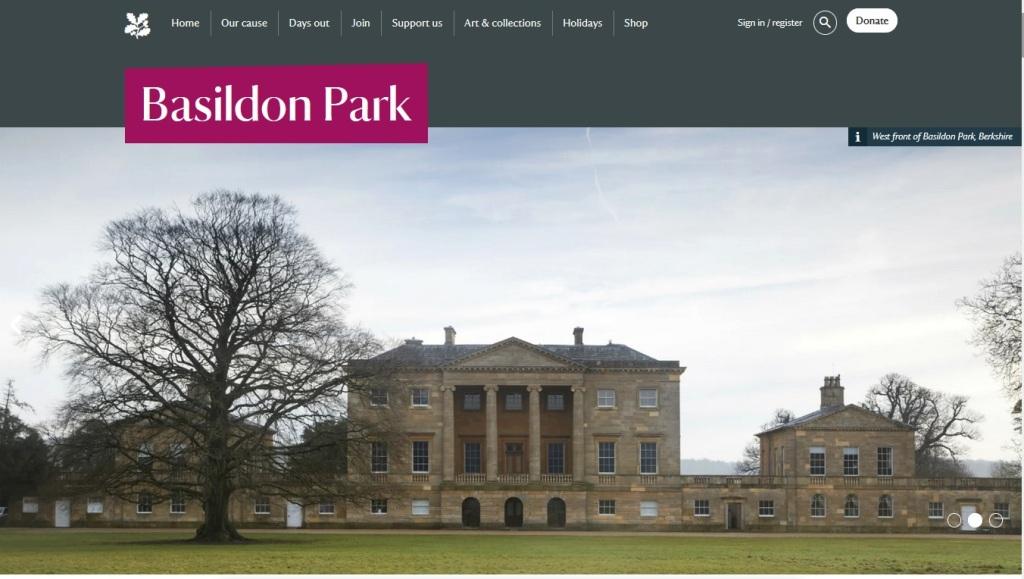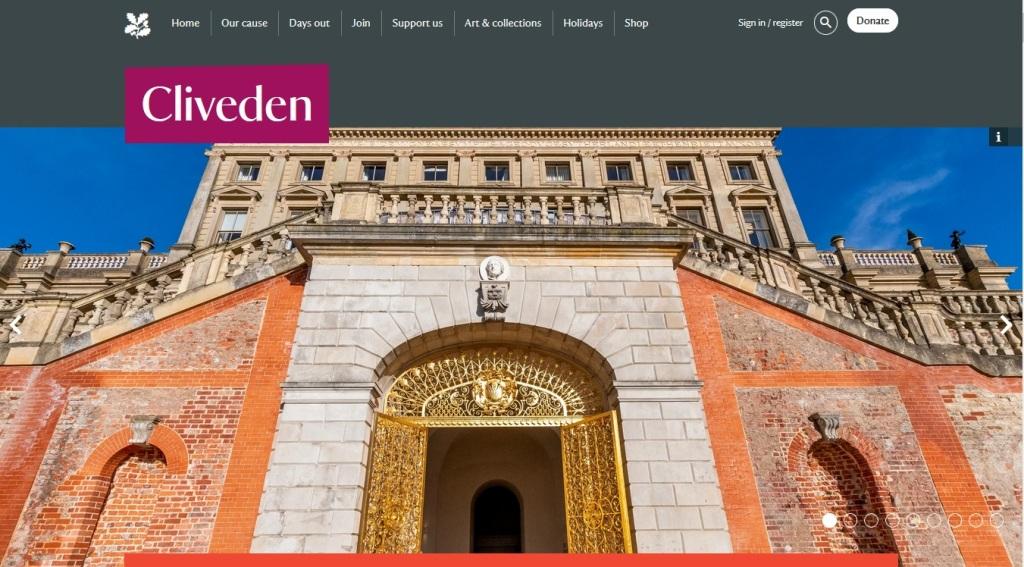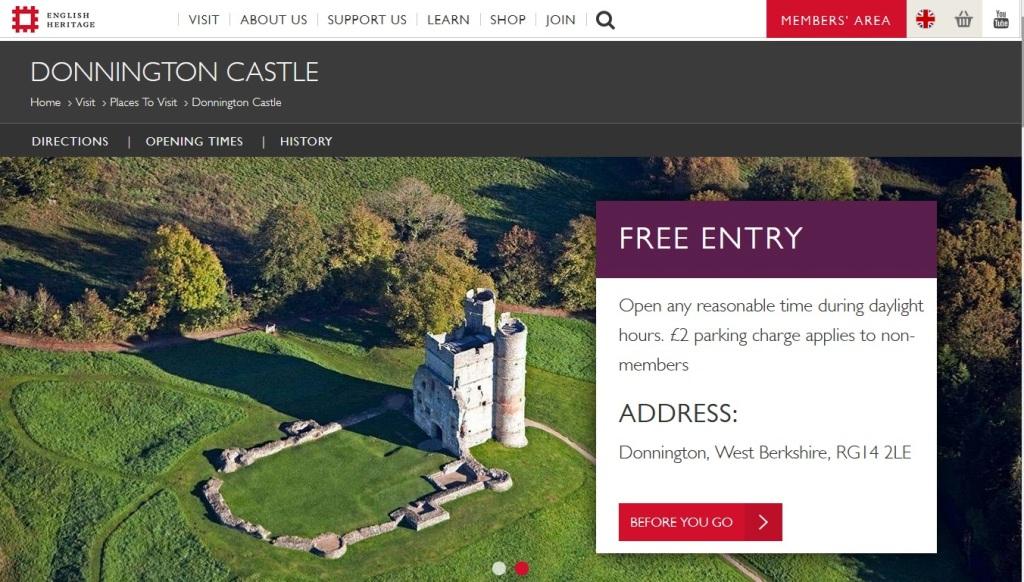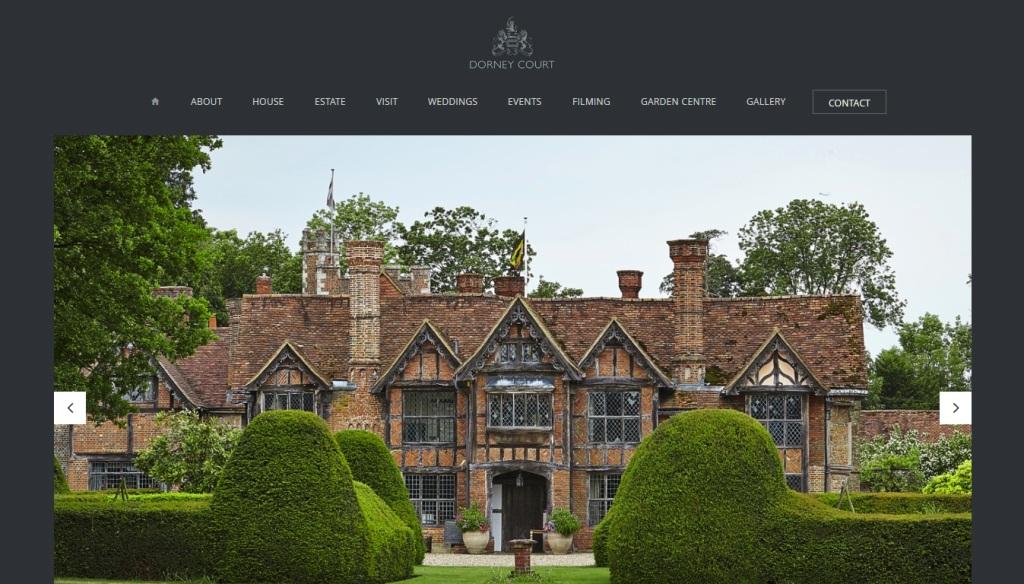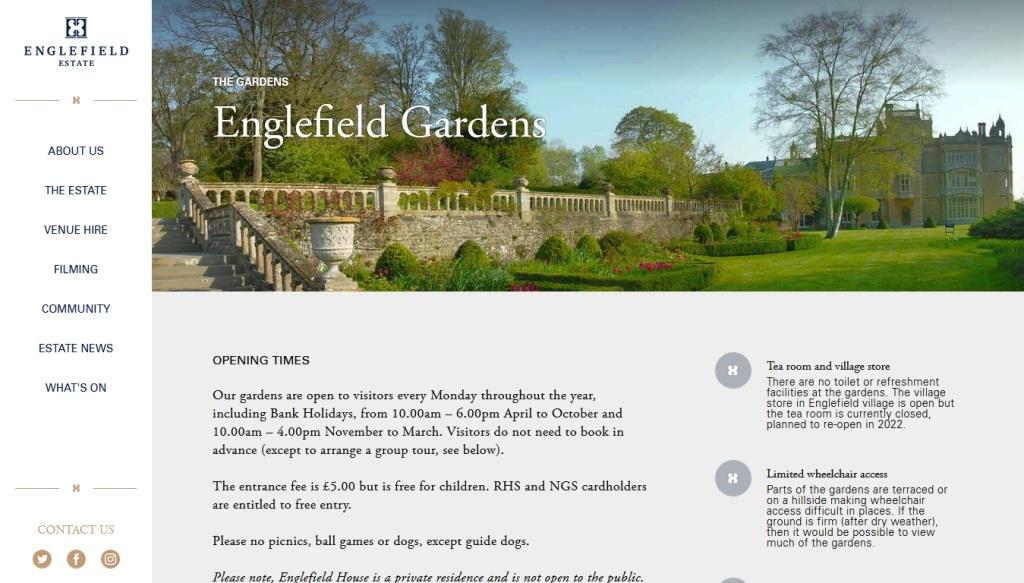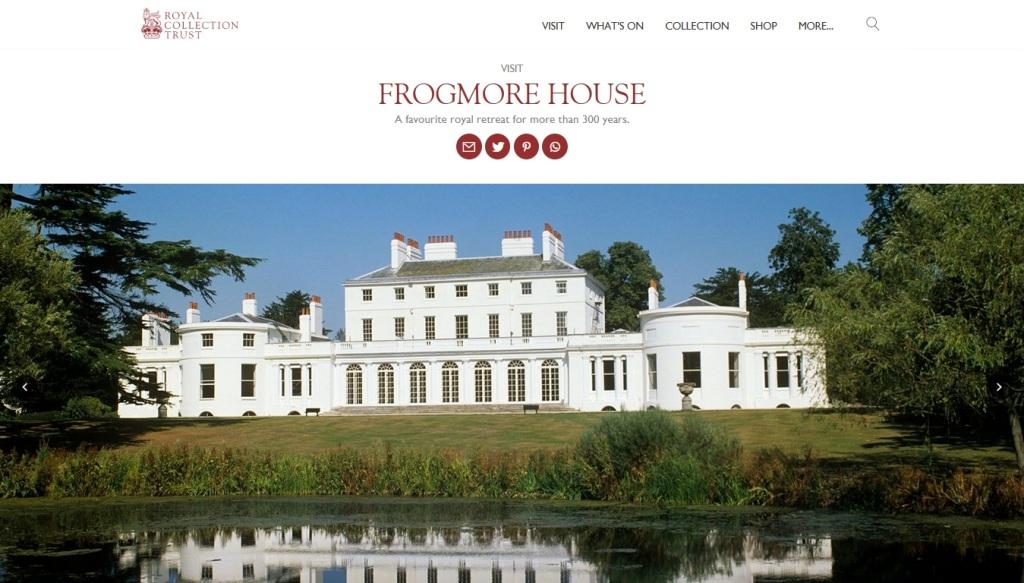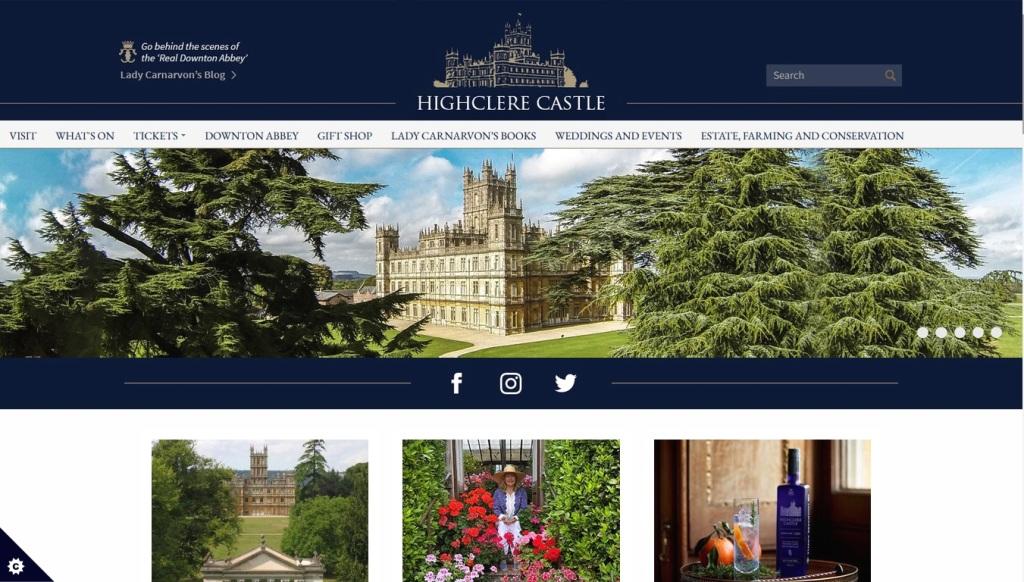Historic and Architectural Properties and Gardens
Along with the attractions listed on this page you may also find places of interest on the 'Attractions' and 'Nature and Wildlife' pages.
We support ‘Accessible Countryside for Everyone’ in providing a brief guide as to the access / facilities for the sites listed, where we have them.
Ashdown - (National Trust) - Lambourn - "Unusual Dutch-style house on the Berkshire Downs. This extraordinary building with the appearance of a doll's house nestles in a beautiful valley on the Berkshire Downs, surrounded by woodland. It was built by an Earl, William Craven, as a house fit for the queen he loved, Queen Elizabeth of Bohemia in 1662.Ashdown House is tenanted and when open, access is limited to hall, staircase (100 steps ) and roof." - "The woodlands at Ashdown are open year round for walking, no booking is necessary and you don't have to be a National Trust member." www.nationaltrust.org.uk/ashdown
Basildon Park - (National Trust) - Lower Basildon, Reading - "Sitting elegantly in 162 hectares (400 acres) of historic parkland and gardens, this 18th-century house was purchased by Lord and Lady Iliffe in the 1950s, when it was de-requisitioned after the Second World War. With extraordinary vision, the Iliffes brought Basildon Park back to life, acquiring a collection of fine furnishings and carefully selected Old Masters" - "The entrance to the showrooms in the mansion is on the First Floor, an additional 22 steps from the Ground Floor on a stone staircase.Partly accessible grounds, loose gravel paths, slopes, and cobbles" - www.nationaltrust.org.uk/basildon-park
Cliveden - (National Trust) - Taplow, Maidenhead - "Set high above the Thames with far-reaching views, Cliveden’s impressive gardens and majestic woodlands capture the grandeur of a bygone age. Follow in the footsteps of dukes, earls and royalty as you explore a series of gardens, each with their own special charm. From the formality of the Parterre with its vibrant floral displays to the quirky statuary and topiary in the Long Garden, the gardens will delight you in every season." - "Wheelchairs and All-terrain Trike and pushchairs are available to hire in advance of visit, please email
Donnington Castle - (English Heritage) - Newbury - "The striking twin-towered gatehouse of 14th century Donnington Castle, near Newbury, survives within impressive earthworks. It shows the luxury enjoyed by Sir Richard Abberbury, Donnington's builder, whose private quarters lay within it. Both Henry VIII and Elizabeth I are thought to have stayed here" - "From the car park, the castle is uphill along a fairly steep gravelled path. The castle ruins are based on a grassy area, which is uneven." - www.english-heritage.org.uk/visit/places/donnington-castle
Dorney Court - "One of the Finest Tudor Manor Houses in England, home of the Palmer family for 500 years and Grade 1 listed" "Little changed in 600 years, bar the inhabitants, Dorney Court has a rare and enchanting character. The Estate has been the home of the Palmer family for nearly half a Millenium, passing from father to son through the generations. It is a Grade 1 listed building, further designated as being of outstanding architectural and historical interest. Dorney Court has always been the manor house of Dorney village which was first recorded in the Domesday Book." - Group tours and private visits by arrangement, limited public opening - dorneycourt.co.uk
Englefield Gardens - "the origins of the gardens as they appear today were created in the late 1860’s with the building of the stone balustrades and staircases by Italian craftsmen. In 1936 the woodland garden on the hill above the house was created by thinning the forest. At the same time the stream was constructed and the area planted by Wallace & Barr of Tunbridge Wells." "Parts of the gardens are terraced or on a hillside making wheelchair access difficult in places. If the ground is firm (after dry weather), then it would be possible to view much of the gardens." - www.englefieldestate.co.uk
Frogmore House - "Standing in the Home Park of Windsor Castle, the gardens at Frogmore House have been an enduring attraction for monarchs and their families since the house was purchased by Queen Charlotte in 1790." - "Frogmore House is largely accessible, with some restrictions. There are three steps at the main entrance to Frogmore House, which is accessible via a ramp, with a hand rail on both sides. Inside Frogmore House there are 30 steps to access the one room upstairs – the Cross Gallery. There is no wheelchair access to the Cross Gallery, but visitors can see pictures of the room in a display on the ground floor. There are two steps down into the Colonnade – with an alternative route for wheelchair users." - www.rct.uk
Highclere Castle - Newbury - "The first written records of the estate date back to 749 when an Anglo-Saxon King granted the estate to the Bishops of Winchester. Bishop William of Wykeham built a beautiful medieval palace and gardens in the park. Later on, in 1679, the palace was rebuilt as Highclere Place House when it was purchased by Sir Robert Sawyer, the direct ancestor of the current Earl of Carnarvon. In 1842, Sir Charles Barry, who also designed the Houses of Parliament, transformed Highclere House into the present day Highclere Castle.. . . during your tour you will explore the main state rooms so familiar from "Downton Abbey". You will see some of the bedrooms after which you will follow the stairs down to the cellars and old staff quarters where you will find the Egyptian Exhibition, celebrating the 5th Earl of Carnarvon's discovery of the tomb of Tutankhamun." "Highclere Castle is set amidst 1,000 acres of spectacular parkland, designed for the 1st Earl of Carnarvon by the famous 18th century landscape gardener "Capability" Brown." - "Highclere Castle is a historic building but disabled access is possible for most areas. Wheelchairs are welcome around the Castle and in the Egyptian Exhibition (access to this is via the Courtyard at the back of the Castle). It is not possible to bring motorised wheelchairs into the Castle but they are welcome on the paths around the lawns." - www.highclerecastle.co.uk
